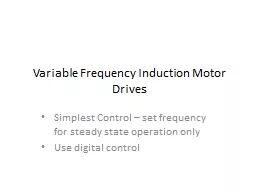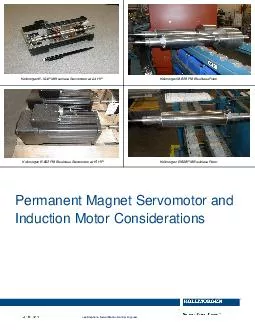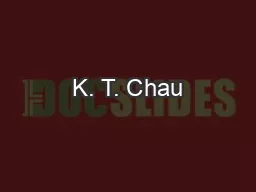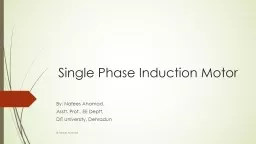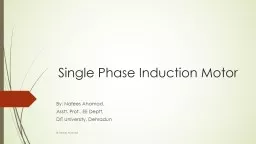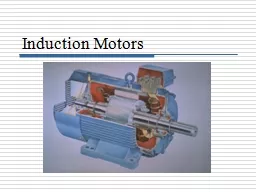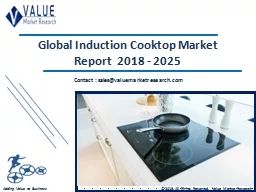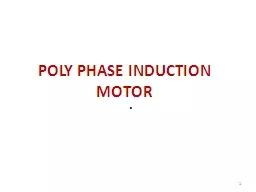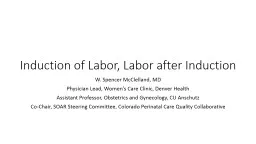PPT-Variable Frequency Induction Motor Drives
Author : tawny-fly | Published Date : 2019-12-01
Variable Frequency Induction Motor Drives Simplest Control set frequency for steady state operation only Use digital control Block Diagram Vf Variable Frequency
Presentation Embed Code
Download Presentation
Download Presentation The PPT/PDF document "Variable Frequency Induction Motor Drive..." is the property of its rightful owner. Permission is granted to download and print the materials on this website for personal, non-commercial use only, and to display it on your personal computer provided you do not modify the materials and that you retain all copyright notices contained in the materials. By downloading content from our website, you accept the terms of this agreement.
Variable Frequency Induction Motor Drives: Transcript
Download Rules Of Document
"Variable Frequency Induction Motor Drives"The content belongs to its owner. You may download and print it for personal use, without modification, and keep all copyright notices. By downloading, you agree to these terms.
Related Documents

